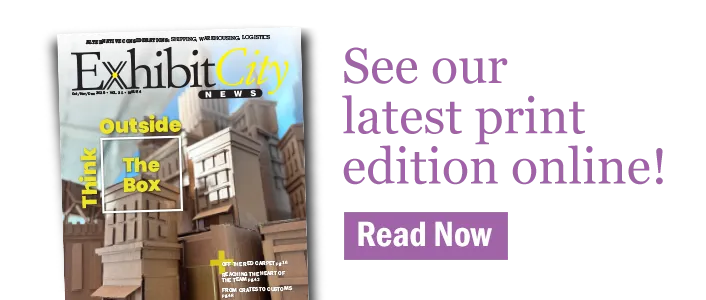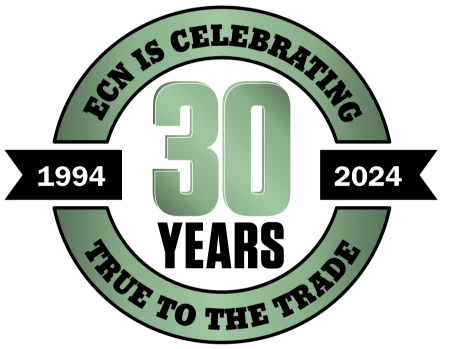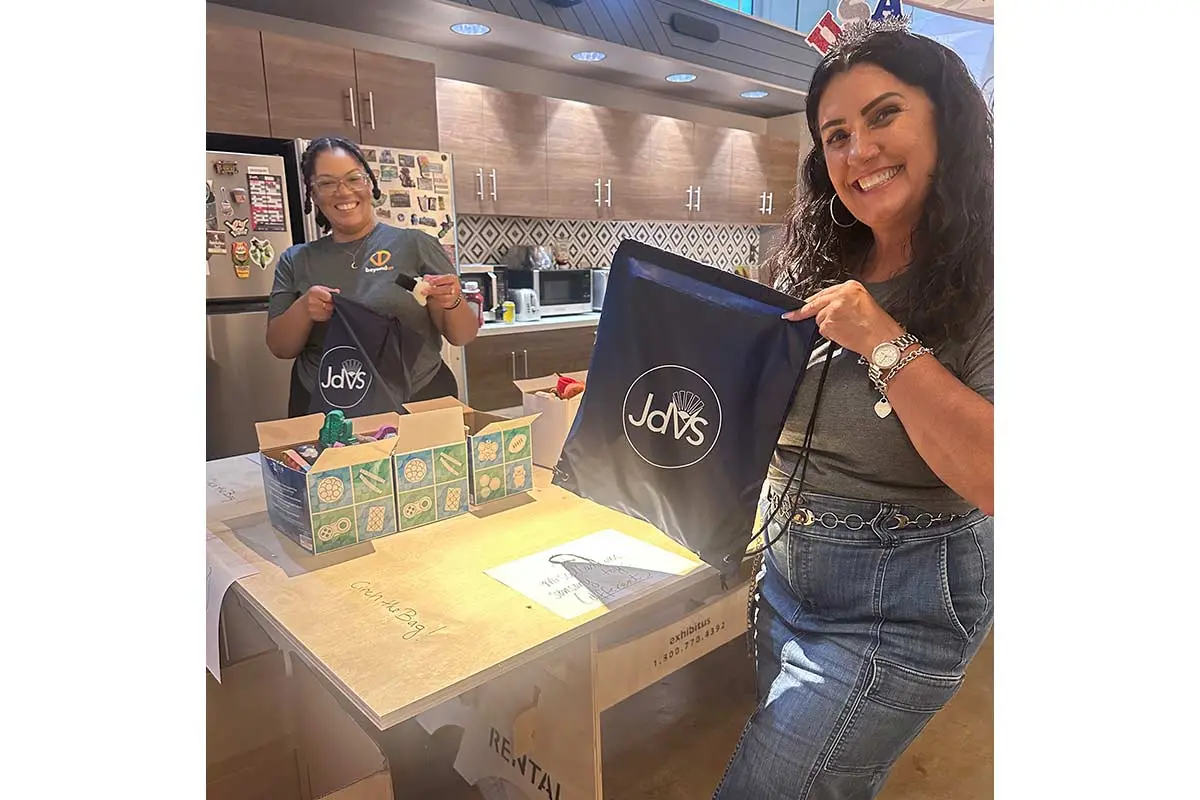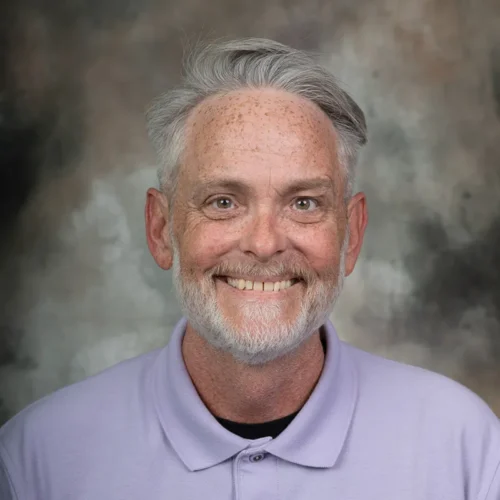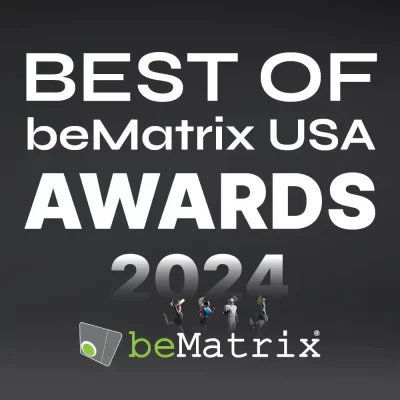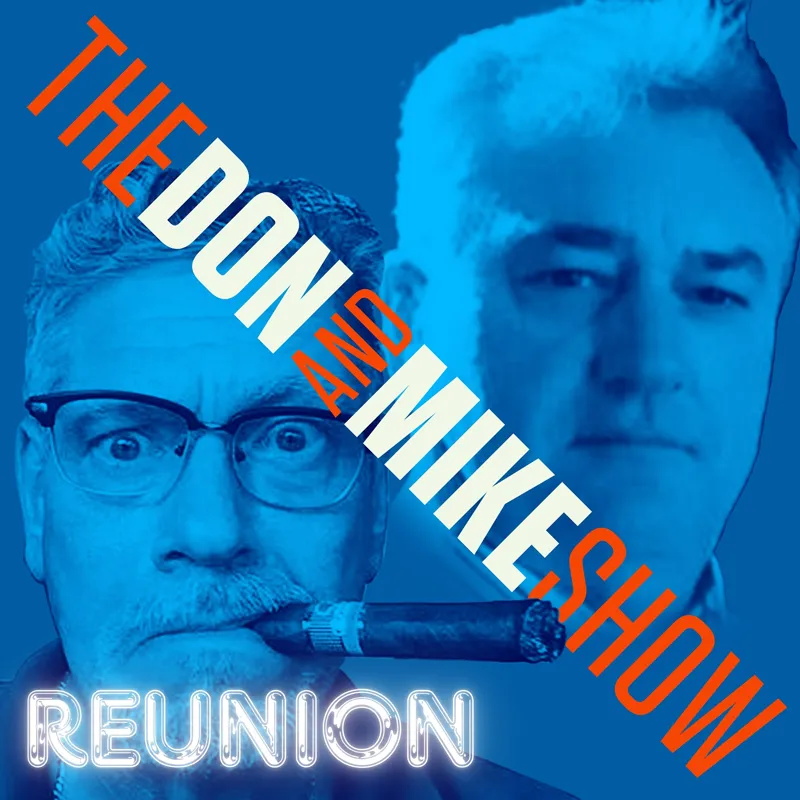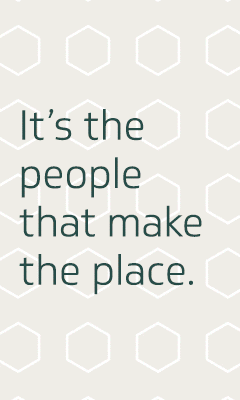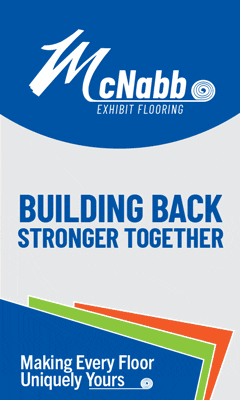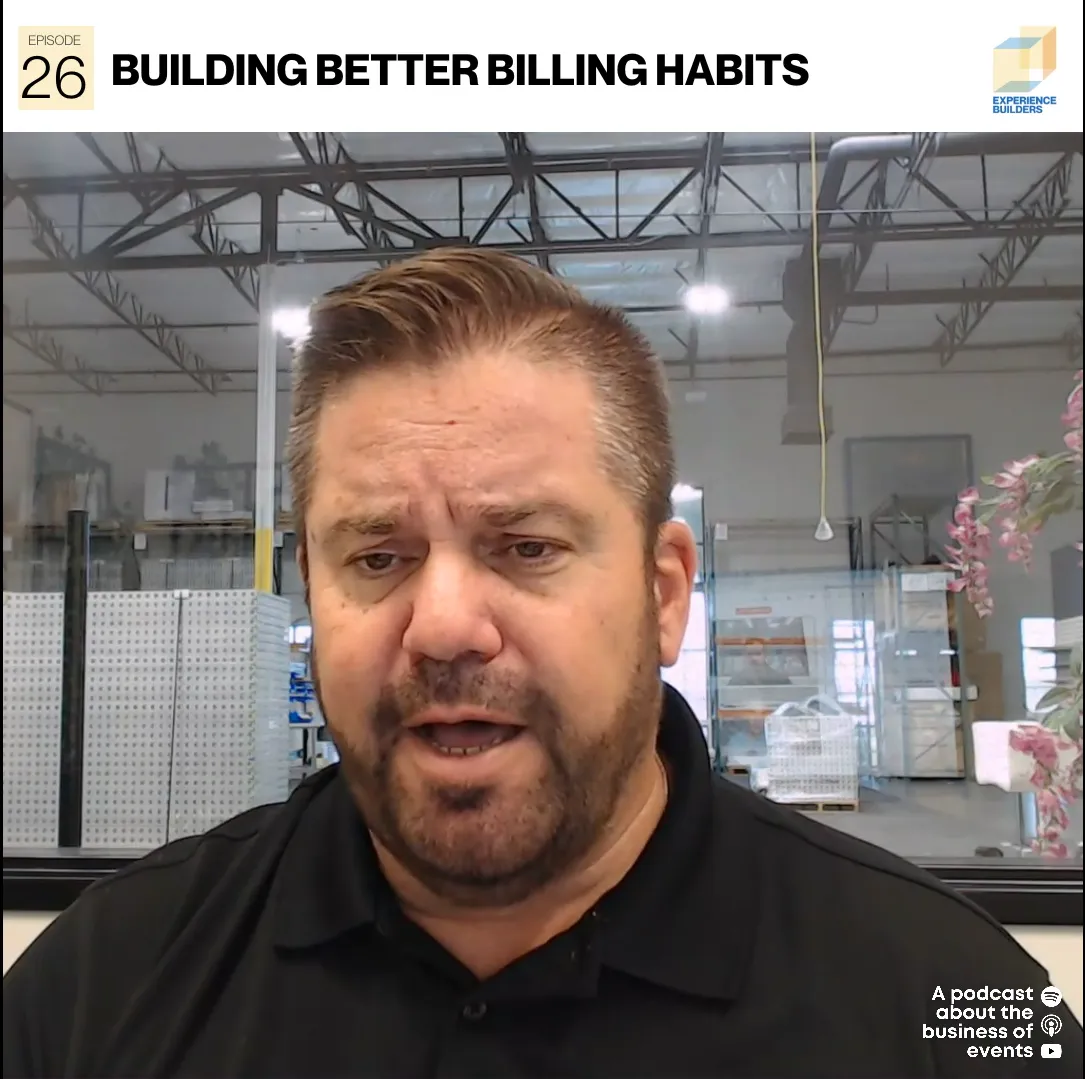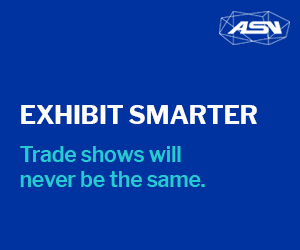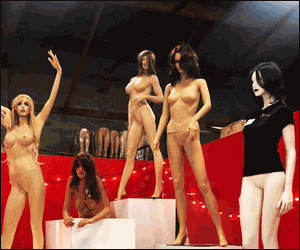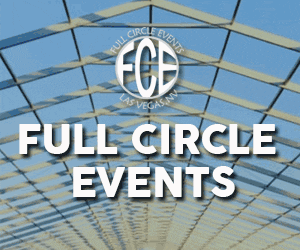Community, Wellness, and the Culture Shaping Today’s Tradeshow Industry
In the tradeshow world, it’s easy to measure success by square footage, lead counts, or brand visibility. But for a growing number of companies, another kind of impact is taking shape beyond the show floor. From packing school supplies to supporting local nonprofits, firms like Exhibitus, BlueHive, Steelhead, Fern, and nth Degree and Opportunity Village are putting community outreach and employee wellness at the center of their operations.
Their efforts don’t just serve the community, they reflect something deeper about how this industry shows up when no one’s watching.
At Exhibitus, community involvement isn’t just a seasonal project, it’s built into the company’s identity. Through its internal program BeyondUs, Exhibitus organizes year-round opportunities for employees to support causes ranging from food insecurity to foster care. “We have a two-part mission: to provide our employees team-building opportunities throughout the year to do good and make meaningful impact locally, as well as to give back to our communities in need,” says Lynn Reves, vice president of marketing and results strategy. Recent initiatives include assembling sensory kits for a rare disease summit in Chicago and hosting meal-packing events for national service days. “It is less about simply donating funds,” Reves adds, “and more about the sense of community we’re building with employees and their own families.”
BlueHive is taking a similar approach, emphasizing both local engagement and educational access. Dana Esposito, who co-chairs the Experiential Designers and Producers Association’s (EDPA) University Affiliations Committee, says BlueHive has made mentorship and career-building a priority. “These initiatives support not only students pursuing exhibit and experiential design but also those enrolled in new tracks such as program and event management,” Esposito says. Internally, the company’s BuzzSquad helps maintain connection across teams with a mix of wellness events, volunteer opportunities, and all-hands meetings. “We believe that well-being isn’t just about benefits,” she says, “it’s about creating a workplace where people feel seen, connected, and valued.”
For Opportunity Village, a nonprofit based in Las Vegas, the connection between tradeshows and community outreach is deeply practical. Through partnerships with conventions and event organizers, Opportunity Village receives donated booth materials for its thrift store, which double as training sites for people with intellectual and developmental disabilities. “Every donation we receive and every time someone shops there, you’re supporting the work we do,” says Laura Foster, director of communications. The organization also contracts with events for fulfillment, packaging, and commercial cleaning, providing both revenue and inclusive employment opportunities.
At Steelhead, community and employee engagement are guided by the company’s Give Happy initiative, both a philosophy and a formal foundation. While the foundation operates as a separate nonprofit, it often partners with Steelhead’s internal Give Happy Committee to organize hands-on service events. “In 2024, the committee supported 12 organizations and accumulated 130 volunteer hours,” says Elizabeth Martinez, marketing director. Upcoming events include a back-to-school supply drive for local Las Vegas schools, with support from employees and vendors alike. “These initiatives help create a healthier work environment and encourage stronger interpersonal connections among our team,” Martinez adds. “We support individual well-being and collective growth inside and outside the workplace.”
At Fern, that connection between company culture and community care is equally clear. “Social impact works best when it’s baked into daily operations rather than treated as a one-off initiative,” says Gayle Wright, account executive. A recent hire, Wright points to Fern’s support during a personal family emergency as an example of how the company leads with empathy. “The flexibility and care I received from leadership during my mother’s stroke was extraordinary,” she says. She adds that outreach efforts are strongest when they reflect what employees value most—something she’s seen firsthand through her work with EDPA Las Vegas and Women in Experiential. “It starts with asking people what matters to them and building from there.”
In Atlanta, EDPA Southeast has made community giving a hands-on experience through its annual support of The Shoebox Project. Led by chapter president Sandra Braun of Nth Degree, the effort has grown from 50 donated boxes to more than 200, filled with toiletries, socks, ponchos, and decorated with uplifting messages. “This is one of my favorite events to be a part of,” Braun says. “The best part is knowing the boxes are going to people in need and hoping it brings a little bit of joy.” Hosted by Brumark and supported by a dozen local companies, the event combines team building with direct impact and stands as one more example of how industry groups are turning service into culture.
Another long-running example of community care in the tradeshow industry is the Randy Smith Memorial Golf Classic, now entering its 31st year in 2025. Hosted by the Exhibitor-Appointed Contractor Association (EACA), the event brings together hundreds of industry professionals at Chateau Elan in Braselton, Georgia, to support colleagues facing serious medical or financial hardship. This year’s recipients include Mary Nixon, wife of Neal Nixon of 2020 Exhibits, who is in Stage 5 renal failure, and the late Walt Queen, chief executive officer of Queen Exhibits, who passed away unexpectedly in December 2024. “I’ve had friends and coworkers who were recipients,” says Leonard Metcalf, vice president of logistics at BlueHive Exhibits. “It really makes you think—‘you never know.’” With sponsors and supporters from across the country, ‘The Randy’ has become more than a golf tournament; it’s a tradition of care that shows how this industry rallies for its own.
Across these organizations, there’s a clear focus on employee-driven programming. From Exhibitus surveying staff to shape volunteer priorities, to BlueHive’s internal events, Steelhead’s wellness initiatives, Opportunity Village’s inclusive workforce model, and EDPA Southeast’s hands-on Shoebox Project, the people doing the work help shape how the work gets done. These aren’t top-down PR efforts—they reflect what matters to the teams themselves.
And while many of these efforts support external causes, there’s a clear understanding that workplace culture and community impact are deeply connected. As Reves puts it, “It matters to candidates that we give back to the community.” That sentiment echoes across the board. Charity and wellness aren’t distractions from business goals. They’re becoming part of what defines a competitive, resilient, and people-centered company.
One example that captures the personal impact of this work comes from Exhibitus’s June 2025 initiative supporting the Jansen de Vries Syndrome Foundation. Teams in Atlanta packed sensory kits and parent support materials for delivery to the group’s annual summit in Chicago. “One of our employees has a child who was the first person in Georgia diagnosed with JdVS,” says Reves. “It made the work feel deeply meaningful—and our Chicago team helped deliver the kits themselves.” That kind of cross-location collaboration, she notes, has helped foster a broader sense of unity and purpose across Exhibitus offices.
At BlueHive, long-term nonprofit partnerships are just as central. The company has supported Veterans Inc., a Worcester-based service provider, for more than four years. “Over this time, we’ve helped them manage and promote eight to nine events per year,” Esposito says. The collaboration includes design, signage, and even the build of a custom-wrapped mobile RV that now serves as a traveling support hub for veterans across the region. “It’s a project that reflects both what we do professionally and what we care about personally.”
While many companies are already active in these efforts, industry-wide engagement still varies. “The tradeshow industry is second only to construction as the most wasteful industry on the planet,” says Martinez. “We could be doing more to mitigate our impact.” That push is beginning to take hold. Programs like EDPA’s mentorship pipeline, Opportunity Village’s direct employment model, and Steelhead’s hybrid employee-volunteer events all suggest a broader shift: charitable work isn’t a side activity, it’s becoming a core business value.
As these efforts grow, so does the need for shared infrastructure. That includes better ways to coordinate volunteer events, measure outcomes, and create lasting partnerships. At Steelhead, that’s part of the long-term vision. “We’d love to see more collaboration on large-scale community service projects,” Martinez says. “The more firms that get involved, the bigger the impact.”
For now, though, many in the industry are focused on simply doing the work. Whether it’s building a trail in Red Rock Canyon or hosting a back-to-school drive, each event creates a chance to connect on a different level. And as Reves puts it, those moments are starting to reshape expectations. “It’s no longer just about what we do on the show floor. It’s about how we show up every day.”
Whether through sustainability initiatives, wellness programs, or direct community service, the message is clear: the exhibit and events world is rethinking what it means to lead. And if the efforts of firms like Exhibitus, BlueHive, Steelhead, and Opportunity Village are any indication, the next generation of industry success might be measured as much by its heart as by its hustle.
Still, it’s not just about individual companies doing good. Industry associations, like the Experiential Designers and Producers Association (EDPA), and Exhibitor Group have played a quiet but steady role in normalizing these values. From scholarship programs to sustainability pledges, these organizations are helping set standards that reward long-term thinking over short-term gains. And as more firms take part, what was once considered extra effort is quickly becoming expected practice.
This story originally appeared as a truncated version in the Q4 2025 issue of Exhibit City News, p. 42. For original layout, visit https://issuu.com/exhibitcitynews/docs/exhibit_city_news_-_oct_nov_dec_2025/42.



